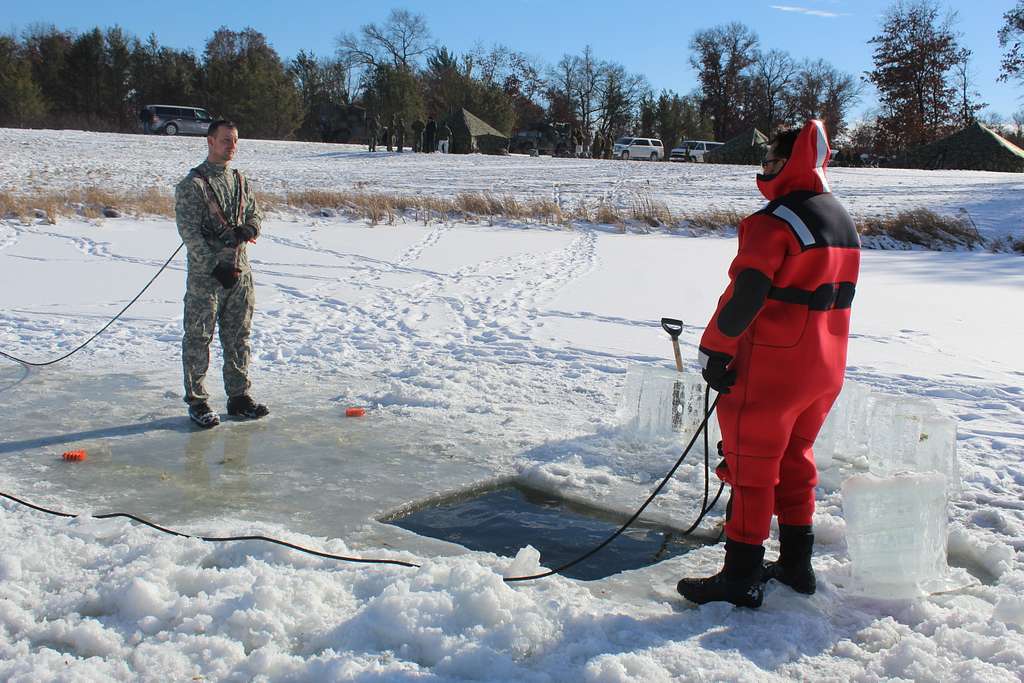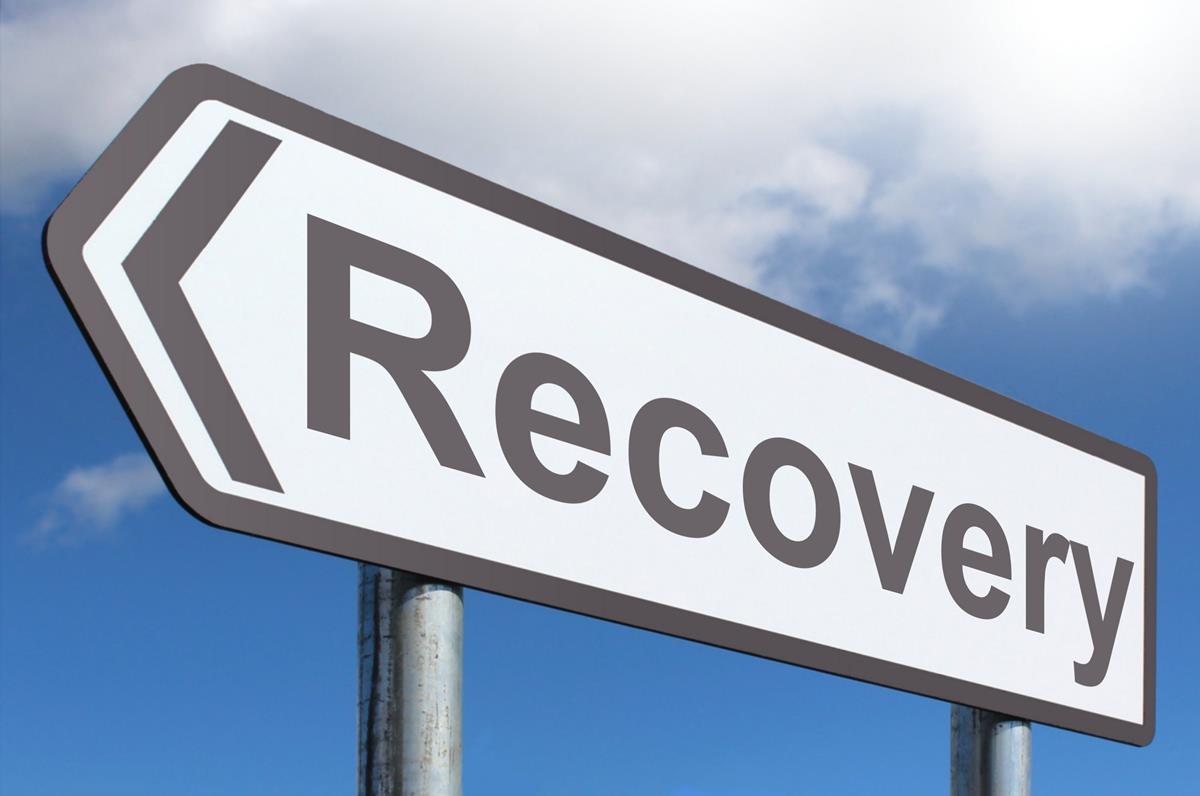
Optimize Cold Water Recovery for Performance
Optimize Cold Water Recovery for Performance
Overview
What is cold water recovery?
Cold water recovery is a technique used to improve performance and enhance recovery after intense physical activity. It involves immersing the body in cold water, typically between 10-15 degrees Celsius, to reduce inflammation, ease muscle soreness, and promote faster healing. This method has gained popularity among athletes and fitness enthusiasts as a natural and effective way to recover from workouts. By stimulating blood circulation and constricting blood vessels, cold water recovery helps remove metabolic waste and toxins from the muscles, leading to quicker recovery and improved overall performance.
Importance of optimizing cold water recovery
Optimizing cold water recovery is crucial for maximizing performance. When it comes to athletic activities, such as sports or intense workouts, the body generates heat, causing the core temperature to rise. By utilizing cold water recovery techniques, athletes can effectively reduce their core temperature, aiding in faster recovery and improved performance. Cold water immersion, ice baths, and cold showers are some popular methods used to optimize cold water recovery. These techniques help to constrict blood vessels, reduce inflammation, and decrease muscle soreness. By incorporating cold water recovery into your routine, you can enhance your athletic performance and prevent injuries. So, don't underestimate the power of cold water when it comes to recovery!
Benefits of optimizing cold water recovery
Optimizing cold water recovery can provide several benefits for performance. By efficiently recovering and reusing cold water, individuals can save on energy costs and reduce water consumption. This not only helps the environment but also contributes to cost savings. Additionally, optimizing cold water recovery can improve the overall performance of equipment and appliances that rely on cold water, such as refrigeration units and air conditioning systems. By ensuring a steady supply of cold water, these systems can operate more effectively and efficiently. Overall, optimizing cold water recovery is a win-win situation, benefiting both the environment and individuals' wallets.
Understanding Cold Water Recovery

How does cold water recovery work?
Cold water recovery is a technique used to improve performance by reducing muscle soreness and increasing blood flow. When you exercise, your muscles produce lactic acid, which can lead to fatigue and discomfort. By exposing your body to cold water, such as through ice baths or cold showers, you can help flush out lactic acid and reduce inflammation. This allows your muscles to recover faster and perform at their best. Cold water recovery is particularly beneficial for athletes and fitness enthusiasts who engage in intense workouts or competitions. So, if you're looking to optimize your performance, don't underestimate the power of cold water recovery!
Factors affecting cold water recovery
Cold water recovery is affected by several factors that can impact performance. These factors include water temperature, water pressure, pipe insulation, and the efficiency of the water heating system. The temperature of the incoming water plays a crucial role in how quickly the water can be heated and used. Higher water pressure allows for faster recovery times, while low water pressure can result in slower recovery. Proper pipe insulation helps to prevent heat loss and maintain the temperature of the water. Lastly, the efficiency of the water heating system determines how effectively it can heat the water. By considering these factors and optimizing them, you can improve the cold water recovery for better performance.
Common challenges in cold water recovery
Cold water recovery can be a tricky process, with several common challenges that can hinder performance. One of the main obstacles is the low temperature of the water, which can slow down the recovery process and make it less effective. Another challenge is the limited availability of cold water sources, especially in certain areas or during specific seasons. Additionally, the high cost of cold water recovery systems can be a barrier for many organizations. However, with the right strategies and equipment, these challenges can be overcome to optimize cold water recovery for better performance.
Methods to Optimize Cold Water Recovery

Insulating cold water pipes
Insulating cold water pipes is a crucial step in optimizing cold water recovery for performance. By insulating the pipes, you can prevent heat loss and maintain the temperature of the water, resulting in improved efficiency and energy savings. Insulation also helps to reduce condensation and prevent the pipes from freezing during colder months. So, if you want to maximize the performance of your cold water system, don't forget to insulate those pipes!
Using heat exchangers
Heat exchangers are a game changer when it comes to optimizing cold water recovery for performance. These nifty devices are designed to transfer heat from one fluid to another, allowing you to harness the energy from the cold water and use it to your advantage. By using heat exchangers, you can significantly improve the efficiency of your system and reduce energy waste. So, if you're looking to take your cold water recovery to the next level, don't forget to incorporate heat exchangers into your setup.
Implementing recirculation systems
Implementing recirculation systems is a key strategy to optimize cold water recovery for performance. By recirculating the cold water instead of letting it go to waste, you can significantly reduce water consumption and improve energy efficiency. Recirculation systems are commonly used in industries such as manufacturing, hospitality, and healthcare to ensure a constant supply of cold water while minimizing resource waste. With recirculation systems in place, you can enjoy the benefits of efficient cold water usage, saving both money and the environment.
Tips for Efficient Cold Water Recovery

Setting the right temperature
When it comes to optimizing cold water recovery for performance, setting the right temperature is crucial. The temperature at which cold water is recovered can greatly impact the overall efficiency and effectiveness of the system. By finding the optimal temperature, you can ensure that the cold water recovery process is as efficient as possible, resulting in improved performance and cost savings. So, how do you determine the right temperature? It's important to consider factors such as the specific application, the desired outcome, and any regulations or guidelines that may be in place. By taking these factors into account and experimenting with different temperatures, you can find the sweet spot that maximizes cold water recovery and enhances performance.
Reducing water wastage
Cold water recovery is a key factor in reducing water wastage. By optimizing cold water recovery, we can significantly improve performance and minimize resource consumption. When it comes to reducing water wastage, it's important to focus on strategies that not only conserve water but also enhance efficiency. With the right approach, we can make a positive impact on the environment while enjoying the benefits of optimized cold water recovery.
Regular maintenance and monitoring
Regular maintenance and monitoring are crucial for optimizing cold water recovery performance. By regularly inspecting and servicing your system, you can identify and address any issues that may be affecting its efficiency. This includes checking for leaks, cleaning filters, and ensuring proper insulation. Monitoring the performance of your system allows you to track its efficiency over time and make any necessary adjustments. By taking these steps, you can ensure that your cold water recovery system is operating at its best and maximizing energy savings.
Case Studies: Successful Cold Water Recovery Optimization
Company X: Achieving significant energy savings
Company X has successfully achieved significant energy savings by optimizing cold water recovery. By implementing innovative technologies and strategies, such as heat exchangers and efficient water circulation systems, the company has been able to reduce energy consumption and increase overall performance. The results have been impressive, with substantial cost savings and a positive environmental impact. With a focus on sustainability and efficiency, Company X continues to lead the way in energy optimization.
Restaurant Y: Improving water efficiency
In Restaurant Y, we are constantly striving to improve water efficiency. As part of our efforts to optimize cold water recovery for performance, we have implemented various measures to reduce water wastage. By utilizing innovative technologies and implementing best practices, we have been able to significantly minimize water consumption without compromising on the quality of service. Our commitment to water efficiency not only helps us save resources, but also contributes to a more sustainable future. Join us in our journey towards a greener and more efficient restaurant experience!
Hotel Z: Enhancing guest experience
At Hotel Z, we are always looking for ways to enhance the guest experience. One area where we have made significant improvements is in cold water recovery. We understand that our guests value sustainability and conservation, so we have implemented innovative solutions to optimize cold water recovery for performance. By using advanced technology and smart systems, we are able to capture and reuse cold water, reducing waste and saving energy. This not only benefits the environment but also allows us to provide a more comfortable and enjoyable stay for our guests. With our optimized cold water recovery system, guests can enjoy a refreshing shower while knowing that they are contributing to a more sustainable future.
Conclusion

Summary of key points
Cold water recovery is an essential aspect of optimizing performance. By implementing effective strategies, athletes can enhance their recovery and improve their overall performance. This article explores key points to consider when optimizing cold water recovery. From understanding the benefits of cold water immersion to incorporating contrast therapy techniques, athletes can take advantage of these strategies to recover faster and perform at their best. So, let's dive into the key points of optimizing cold water recovery!
Importance of implementing cold water recovery optimization
Cold water recovery optimization is crucial for maximizing performance. By implementing this technique, you can significantly improve the efficiency of your system and reduce energy consumption. It allows you to recover and reuse the otherwise wasted cold water, resulting in cost savings and environmental benefits. With cold water recovery optimization, you can achieve better cooling performance and enhance the overall effectiveness of your operations. So, don't miss out on the opportunity to optimize your cold water recovery!
Future trends in cold water recovery
Cold water recovery is an essential aspect of performance optimization. As we look towards the future, there are several trends that are emerging in this field. One such trend is the use of advanced technologies to improve cold water recovery efficiency. These technologies include innovative heat exchangers and smart control systems that can monitor and adjust the recovery process in real-time. Another trend is the integration of cold water recovery systems with renewable energy sources, such as solar or geothermal power. This not only reduces the environmental impact but also enhances the overall efficiency of the recovery process. Additionally, there is a growing focus on the development of cold water recovery solutions that are user-friendly and easily adaptable to different settings. By incorporating these trends, we can expect significant advancements in cold water recovery for performance in the near future.

